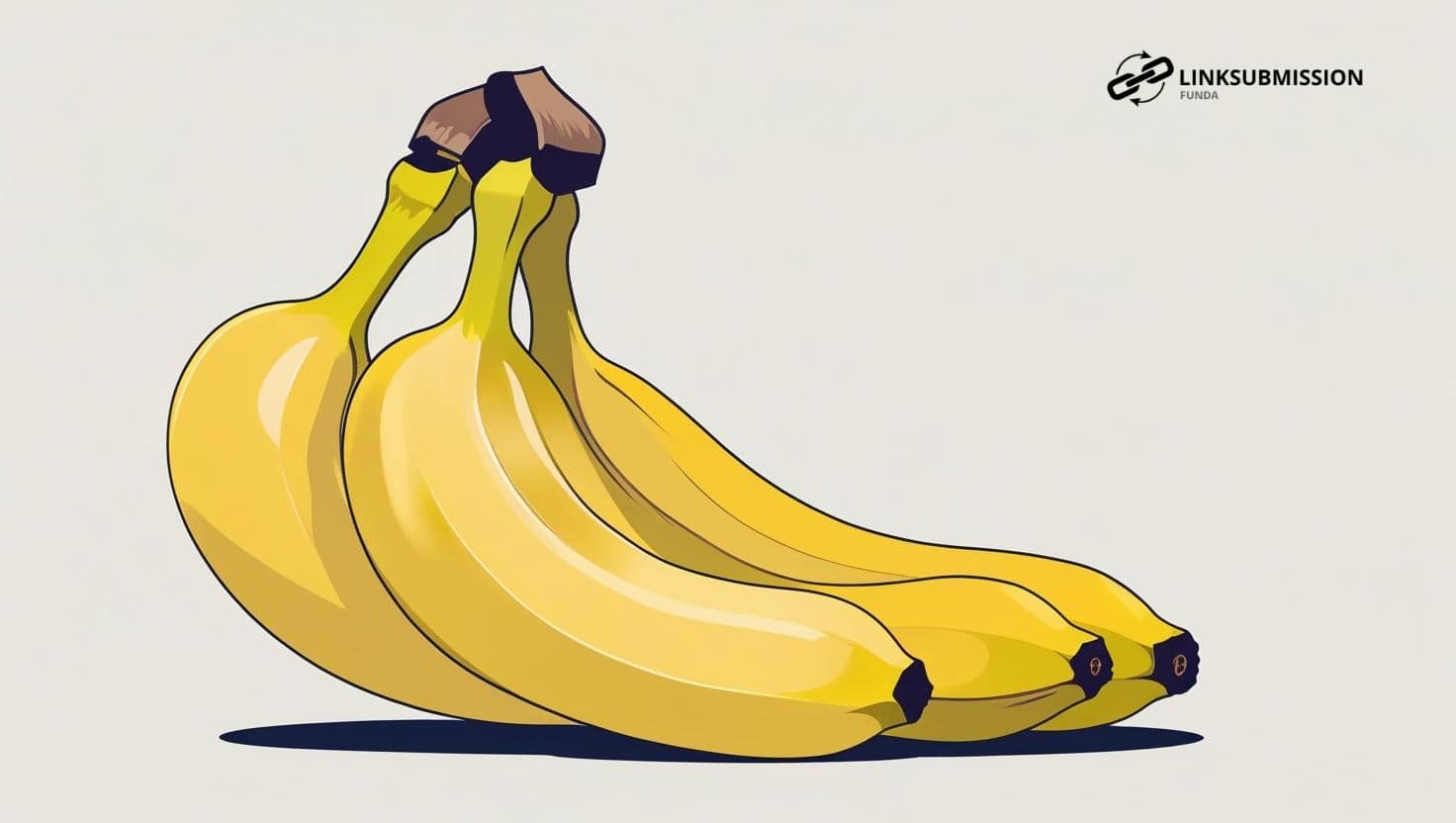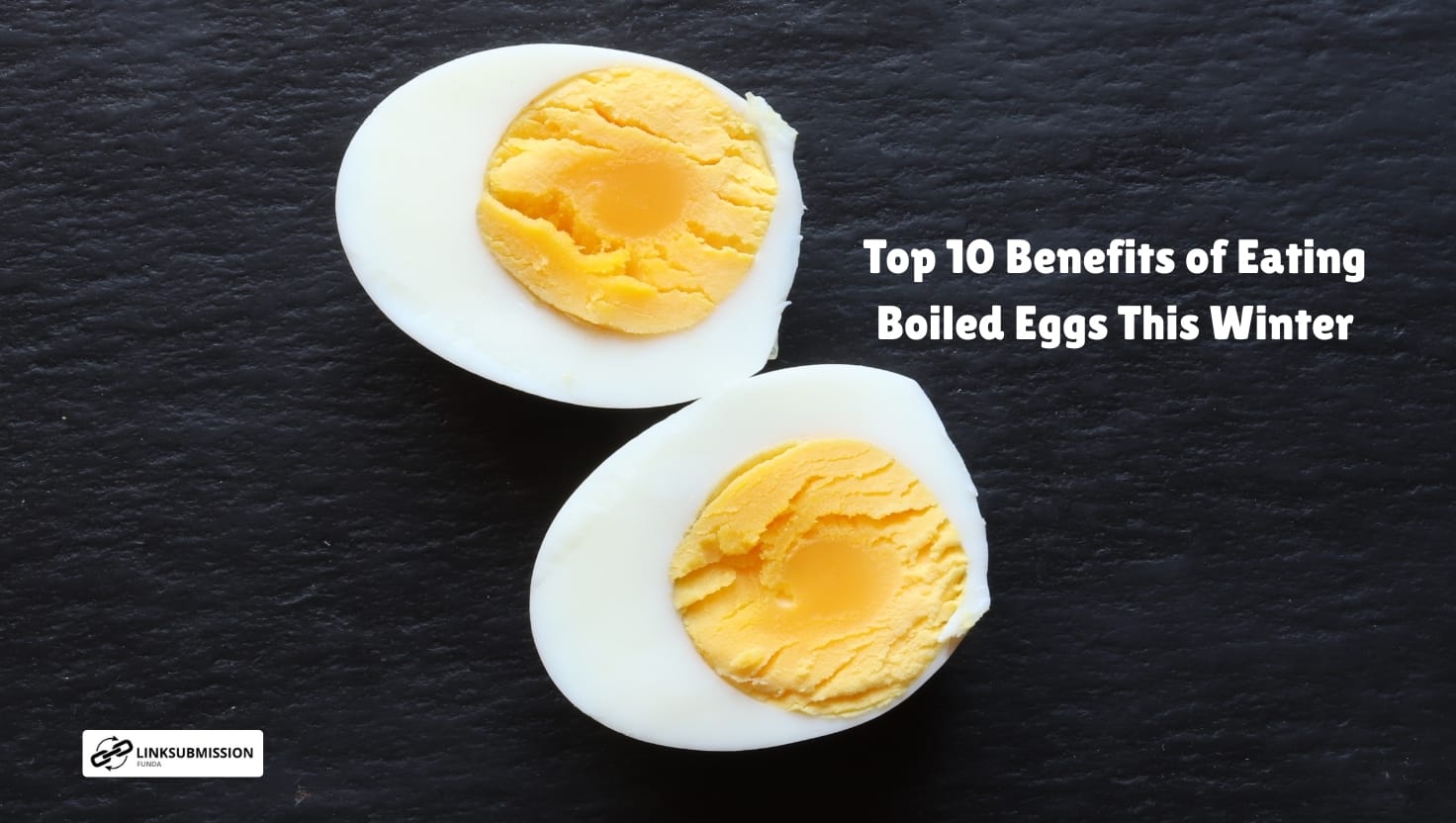Bananas are one of the most beloved fruits worldwide—not just for their delicious taste but also for their incredible variety. While the Cavendish is the most well-known type found in supermarkets globally, there are many other banana varieties across continents, each with unique textures, flavors, and culinary uses. From the sweet Apple Banana in Hawaii to the starchy Plantain in Africa and Latin America, the diversity of this tropical fruit is truly impressive. In this article, let’s discover eight remarkable types of bananas found around the world.
1. Cavendish Banana – The Global Staple
Cavendish bananas are the most widely consumed variety globally. Recognizable by their bright yellow skin and creamy texture, they are the type most commonly found in grocery stores. These bananas are mildly sweet and soft, making them ideal for smoothies, snacks, and breakfast dishes. However, Cavendish bananas are highly susceptible to disease, which has raised concerns about their long-term sustainability.
2. Red Banana – Sweet with a Hint of Raspberry
Red bananas are shorter and plumper than the Cavendish, with reddish-purple skin and a rich, sweet flavor that often has hints of raspberry or mango. Their flesh is creamy and light pink or orange. Popular in Asia and Central America, red bananas are rich in potassium and beta carotene, making them both delicious and nutritious.
3. Apple Banana (Manzano) – Small But Flavorful
Native to Central and South America and popular in Hawaii, Apple bananas—also known as Manzano—are short, chubby, and packed with a tangy-sweet flavor that resembles apples or strawberries. These bananas have a firmer texture and are great for eating fresh or using in tropical desserts.
4. Burro Banana – The Squat and Citrusy Variety
Burro bananas are easily identifiable by their squared-off ends and squat shape. They have a lemony, tangy flavor when ripe and a firm texture. Native to Central and South America, Burro bananas are excellent for both raw consumption and cooking. Their dense flesh holds up well in banana fritters and stir-fries.
5. Plantain – The Cooking Banana
Often considered more of a vegetable than a fruit, plantains are larger, starchier, and less sweet than dessert bananas. They are a dietary staple in many African, Caribbean, and Latin American cuisines. Plantains are usually cooked before eating—fried, boiled, or baked—and are a key ingredient in dishes like tostones and mofongo.
6. Blue Java Banana (Ice Cream Banana) – Nature’s Dessert
Blue Java bananas are famous for their soft, creamy texture and vanilla ice cream-like taste. Native to Southeast Asia and grown in Hawaii and other tropical regions, these bananas have silvery-blue skin when unripe that turns pale yellow upon ripening. They are often eaten as a dessert fruit and work beautifully in frozen banana treats.
7. Lady Finger Banana – The Sweet Miniature Delight
Also known as Sugar bananas, Lady Finger bananas are small, slender, and exceptionally sweet. Popular in Australia and Southeast Asia, they are perfect for snacking and appealing to children. Their thin skin and concentrated sweetness make them an ideal addition to fruit salads and desserts.
8. Goldfinger Banana – Disease-Resistant Hybrid
Goldfinger bananas were developed in Honduras as a hybrid variety resistant to pests and diseases that threaten Cavendish plantations. These bananas have a slightly tangy taste when ripe and can be eaten raw or cooked. Their firm flesh holds up well in baking and frying, making them versatile in the kitchen.
Final Thoughts
Bananas are more than just the familiar yellow fruit we peel and eat on the go. Around the world, they come in various shapes, sizes, and flavors, each suited for different dishes and dietary needs. Whether you’re a fan of the common Cavendish or adventurous enough to try the creamy Blue Java or citrusy Burro banana, there’s a banana variety out there for everyone.
Exploring these different types not only enriches our taste buds but also broadens our appreciation of global agriculture and biodiversity. So the next time you spot a banana that looks a little different, don’t hesitate to give it a try—you might just discover a new favorite fruit!





